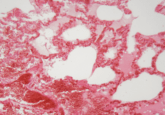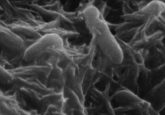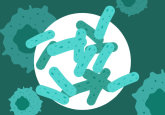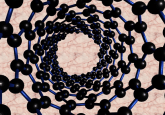Drug delivery: breaking the blood barrier with magnets

Researchers have developed a method for the localized delivery of blood-borne drugs using magnetic nanoparticles.

A critical barrier to delivering drugs from the bloodstream into target tissues such as tumors is the vascular endothelium, which prevents large molecules from passing out of blood vessels. While various methods have been developed to manipulate transport pathways to allow large drugs to cross the vascular endothelium, these cannot be targeted to specific regions in the body, leading to off-target effects. More localized methods such as focused ultrasound suffer from tissue heating and other drawbacks.
Now, researchers led by Wilbur Lam from Emory University and Gang Bao from Rice University have developed a method using magnetic nanoparticles (MNPs) to deliver drugs from the bloodstream to a specific location in the body in response to an externally applied magnetic field, which alters the permeability of vascular epithelium in nearby blood vessels.
The team had previously demonstrated that endocytosis of MNPs by human endothelial cells is enhanced by a magnetic field and that the magnetic force exerted on intracellular MNPs alters actin filament organization and dynamics. This latter effect could disrupt the endothelial adherens junctions, which are attached to the actin cytoskeleton through VE-cadherin, which in turn could affect the paracellular transport across the vascular endothelium regulated by the adherens junctions.
As an in vitro model of a blood vessel, the team used a microfluidic channel lined with endothelial cells and subjected to physiological flow conditions. When they added MNPs to the medium flowing through the endothelialized channel and applied an external magnetic field, the MNPs were efficiently internalized by the cells at the side of the channel closest to the magnet. When the magnetic field was then applied in a different orientation, the orderly alignment of the actin fibers along the flow direction and the distribution of VE-cadherin were both disrupted. This increased the permeability of the endothelial barrier, as demonstrated by the ability of an antibody in the medium to stain the basal surface of the cells.
To demonstrate the in vivo application of the method, the team tested it in a mouse lateral tail vein model. This required injecting larger MNPs into circulation and then applying a stronger magnetic field to the tail, but the researchers confirmed that MNPs accumulated in veins and venules in the tail—and only in the endothelium. They also observed leakage of large proteins in the tail where the magnetic field was applied. These results all strongly suggest that the method will be an effective new approach for localized drug delivery from the bloodstream.





